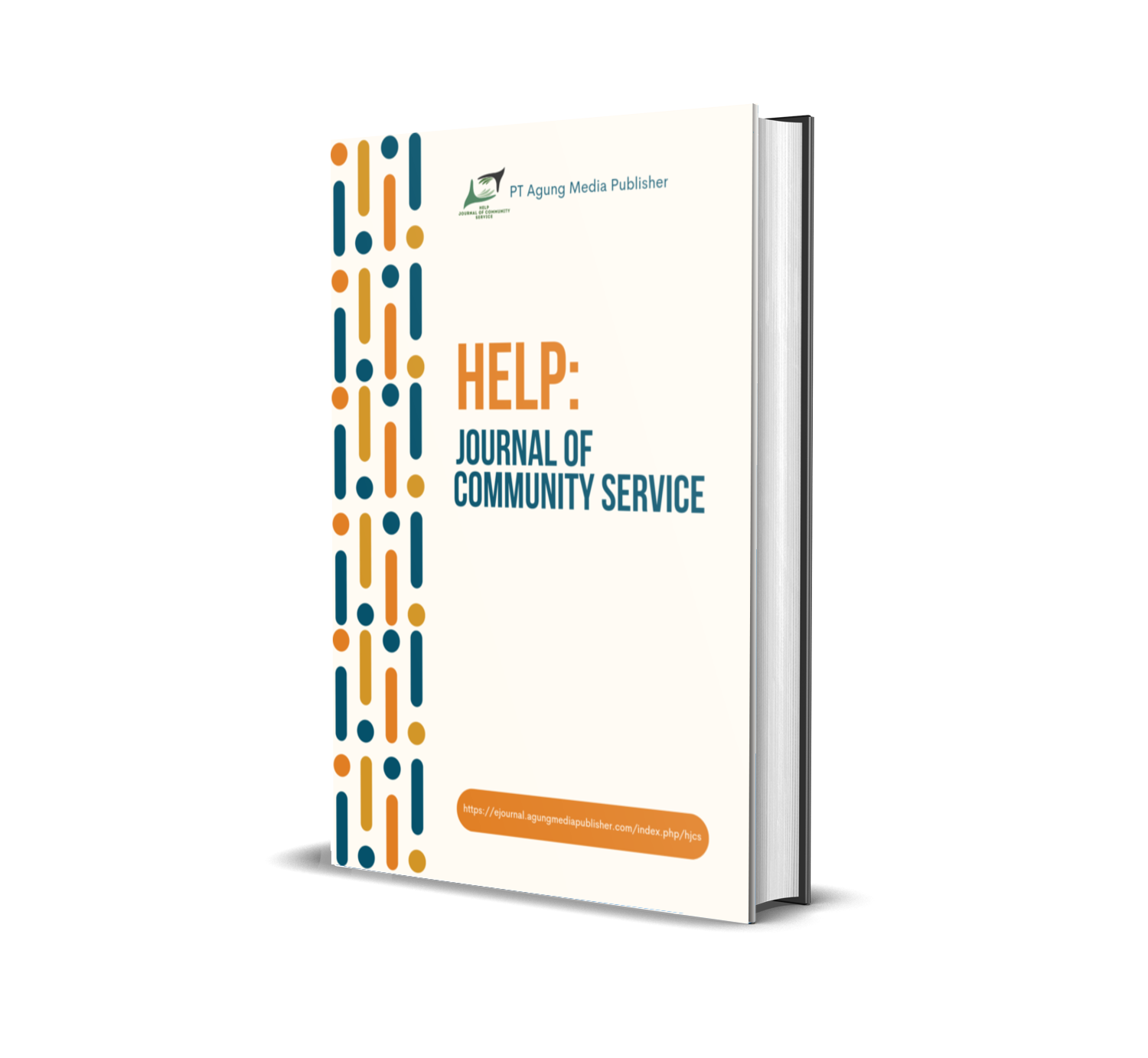Building A Thriving Learning Environment: A Guide To Education Management
Main Article Content
Abstract
This paper delves into the critical role of instructional design in cultivating thriving learning environments. It dissects two prominent pedagogical approaches:
collaborative learning and direct instruction. The paper unpacks the theoretical foundations of each method. It explores the strengths of collaborative learning (fostering critical thinking, communication, problem-solving skills through social learning theory and constructivism), highlighting its ability to cultivate deeper understanding and increased motivation among students. However, the paper acknowledges potential challenges associated with collaborative learning, including management complexities and assessment difficulties. Conversely, the paper analyzes the merits of direct instruction. It emphasizes the effectiveness of this approach in establishing a strong foundation in fundamental skills and ensuring clear, consistent instruction. However, the paper recognizes potential drawbacks of direct instruction, such as limited student engagement and a potential neglect of higher-order thinking skills. Recognizing the influence of factors like student age, learning objectives, and subject matter, the paper underscores the importance of education managers strategically selecting the most appropriate approach. Ultimately, the paper advocates for a balanced approach that capitalizes on the strengths of both collaborative learning and direct instruction to create a dynamic and engaging learning experience, empowering students to develop essential 21st-century skills
Downloads
Article Details
Section
You are free to:
- Share — copy and redistribute the material in any medium or format for any purpose, even commercially.
- Adapt — remix, transform, and build upon the material for any purpose, even commercially.
- The licensor cannot revoke these freedoms as long as you follow the license terms.
Under the following terms:
- Attribution — You must give appropriate credit , provide a link to the license, and indicate if changes were made . You may do so in any reasonable manner, but not in any way that suggests the licensor endorses you or your use.
- ShareAlike — If you remix, transform, or build upon the material, you must distribute your contributions under the same license as the original.
- No additional restrictions — You may not apply legal terms or technological measures that legally restrict others from doing anything the license permits.
Notices:
You do not have to comply with the license for elements of the material in the public domain or where your use is permitted by an applicable exception or limitation .
No warranties are given. The license may not give you all of the permissions necessary for your intended use. For example, other rights such as publicity, privacy, or moral rights may limit how you use the material.
How to Cite
References
Augeard, N., Bostick, G., Miller, J., Walton, D., Tousignant-Laflamme, Y., Hudon, A., Bussières, A., Cooper, L., McNiven, N., Thomas, A., Singer, L., Fishman, S. M., Bement, M. H., Hush, J. M., Sluka, K. A., Watt-Watson, J., Carlesso, L. C., Dufour, S., Fletcher, R., … Wideman, T. H. (2022). Development of a national pain management competency profile to guide entry-level physiotherapy education in Canada. Canadian Journal of Pain, 6(1). https://doi.org/10.1080/24740527.2021.2004103
Dahleez, K. A., Aboramadan, M., & Abdelfattah, F. (2023). Inclusive leadership and job satisfaction in Omani higher education: the mediation of psychological ownership and employee thriving. International Journal of Educational Management, 37(4). https://doi.org/10.1108/IJEM-07-2022-0274
Do, V., Lewis, M., Goldstein, C., & Sonnenberg, L. K. (2023). Fostering a Health-Promoting Learning Environment in Medical Education: Adapting the Okanagan Charter for Administrators and Medical Educators. Academic Medicine, 98(6). https://doi.org/10.1097/ACM.0000000000005159
Durrah, O., Charbatji, O., Chaudhary, M., & Alsubaey, F. (2022). Authentic Leadership Behaviors and Thriving at Work: Empirical Evidence From The Information Technology Industry in Australia. Psychological Reports. https://doi.org/10.1177/00332941221144601
Gnann, N., Baschek, B., & Ternes, T. A. (2022). Close-range remote sensing-based detection and identification of macroplastics on water assisted by artificial intelligence: A review. In Water Research (Vol. 222). https://doi.org/10.1016/j.watres.2022.118902
Kiikeri, P., Uusiautti, S., & Purtilo-Nieminen, S. (2024). Students’ Thriving and Well-Being in Online Learning Environments in Vocational Education and Training. International Journal for Research in Vocational Education and Training, 11(1). https://doi.org/10.13152/IJRVET.11.1.6
Kools, M., Stoll, L., George, B., Steijn, B., Bekkers, V., & Gouëdard, P. (2020). The school as a learning organisation: The concept and its measurement. European Journal of Education, 55(1). https://doi.org/10.1111/ejed.12383
Maragha, T., Shuler, C., Walker, J., & von Bergmann, H. C. (2024). Thriving in foreign learning environments: The case of hands-on activities in early years of dental education. Journal of Dental Education, 88(2). https://doi.org/10.1002/jdd.13412
Ramasamy, K. P., Mahawar, L., Rajasabapathy, R., Rajeshwari, K., Miceli, C., & Pucciarelli, S. (2023). Comprehensive insights on environmental adaptation strategies in Antarctic bacteria and biotechnological applications of cold adapted molecules. In Frontiers in Microbiology (Vol. 14). https://doi.org/10.3389/fmicb.2023.1197797
Ren, W., Wang, R., Mohamad, S. N. A., Mao, C., & Harutyunyan, H. (2024). Factors influencing students’ learning satisfaction and students’ learning outcomes in blended learning. International Journal of Education and Practice, 12(1). https://doi.org/10.18488/61.v12i1.3624
Routman, R. (2023). Creating a Thriving Learning Environment. In Literacy Essentials. https://doi.org/10.4324/9781032681481-5
Seevaratnam, V., Gannaway, D., & Lodge, J. (2023). Design thinking-learning and lifelong learning for employability in the 21st century. Journal of Teaching and Learning for Graduate Employability, 14(1). https://doi.org/10.21153/JTLGE2023VOL14NO1ART1631
Sohail, M. M., Baghdady, A., Choi, J., Huynh, H. V., Whetten, K., & Proeschold-Bell, R. J. (2023). Factors influencing teacher wellbeing and burnout in schools: A scoping review1. In Work (Vol. 76, Issue 4). https://doi.org/10.3233/WOR-220234
Wallander Karlsen, M. M., Sørensen, A. L., Finsand, C., Sjøberg, M., Lieungh, M., & Stafseth, S. K. (2023). Combining clinical practice and education in critical care nursing—A trainee program for registered nurses. Nursing Open. https://doi.org/10.1002/nop2.1617
Zhu, X., Kunaviktikul, W., Sirakamon, S., Abhicharttibutra, K., & Turale, S. (2021). A causal model of thriving at work in Chinese nurses. International Nursing Review, 68(4). https://doi.org/10.1111/inr.12671
Zhuang, W. L., Lee, C. H., Lin, H. M., & Nien, Y. F. (2022). Moderating Effect of Paternalistic Leadership on the Relationship between Thriving at Work and Expatriate Performance. Sustainability (Switzerland), 14(13). https://doi.org/10.3390/su14138119


